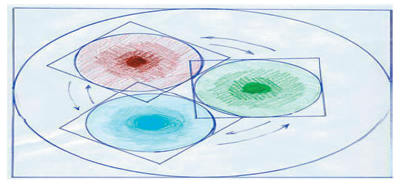Abstract
This study attempts to examine the effectiveness of application of multimedia materials for culture education in elementary school English classes. To this end, this study investigates to what extent the culture education contents of the 2015 revised elementary English textbooks reflect the cultures of different countries followed by developing lesson plans incorporating English multicultural multimedia materials based on their relevance to elementary English vocabulary using the corpus program, RANGE. The researcher conducted classes using the developed lessons and observed students’ reactions while teaching. In addition, pre- and post-surveys and in-depth interviews with students were carried out to examine students’ affective changes. The results are as follows. First, the contents of culture covered in elementary school English textbooks were biased toward Asian, English, and European cultures, and the volume of Latin American and African cultures was relatively small. Second, the students in the experimental group showed positive changes towards the selected multimedia materials compared to the control group. Third, both teachers and students responded that they were interested in culture learning, and it would help them learn English. Based on the results, it is necessary to reflect the cultures of various countries as well as Asian, British, and American cultures in elementary English textbooks. Additionally, culture education, which focused on the introduction of simple culture in the existing textbooks, needs to arouse more interest by using an integrated approach to the subject and learner-led activities. Lastly, when developing and utilizing multimedia materials for culture education for elementary school learners, it is imperative to design and apply classes including activities and tasks that can improve communication skills.
Figures & Tables

Fig. 1. Semiosphere (Lotman, 1994: as cited in Bianchi, 2012)


